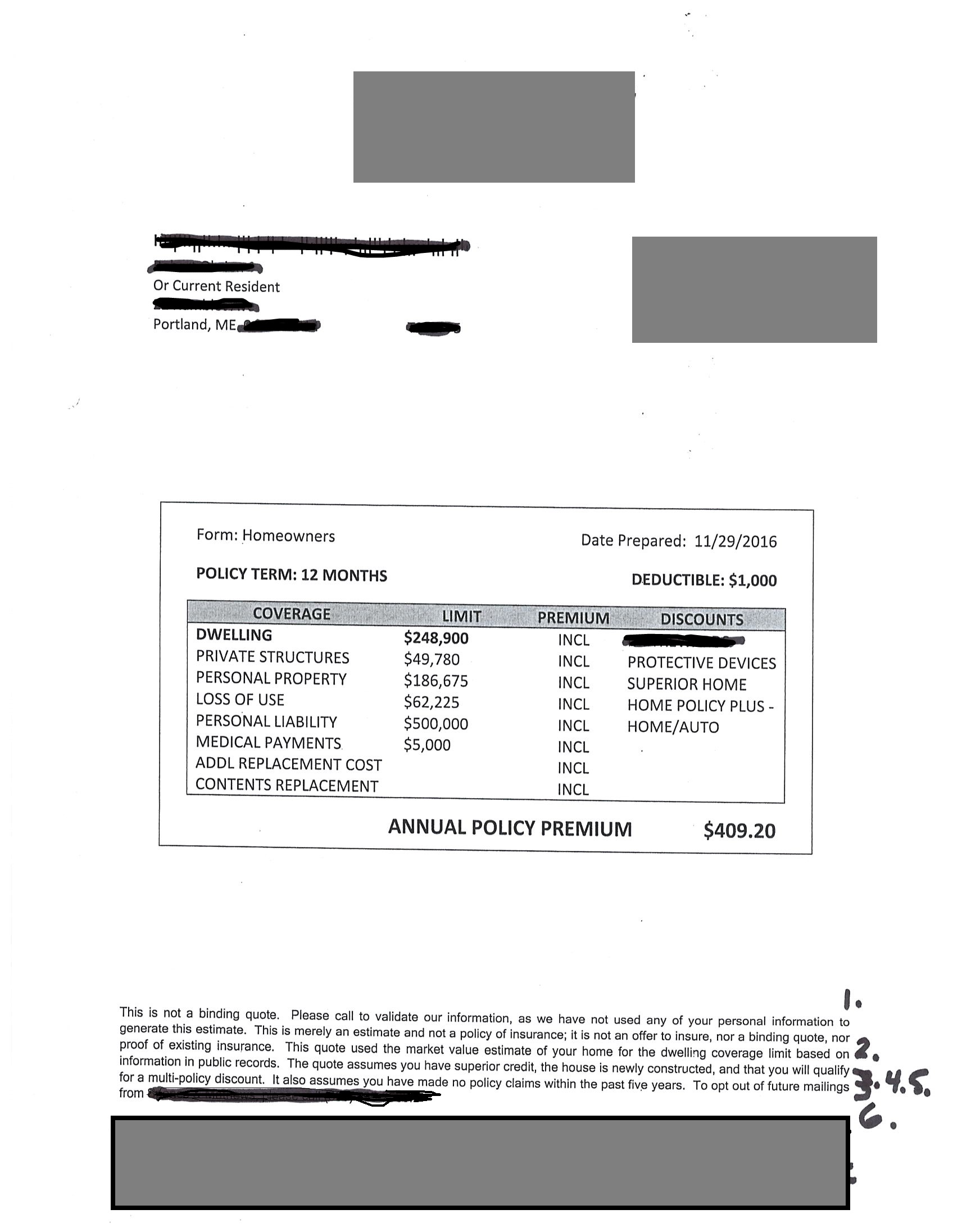Rise by Six: Your Daily Dose of Inspiration
Explore insights and stories that elevate your day.
Quote Unquote: The Surprising Truth About Insurance Quotes
Uncover the hidden truths about insurance quotes that could save you money. Discover insights that industry experts don't want you to know!
5 Common Myths About Insurance Quotes Debunked
When it comes to understanding insurance quotes, many people are often misled by common misconceptions. One prevalent myth is that all insurance quotes are the same. In reality, different companies assess risk differently, leading to varied quotes for the same coverage. It’s also a common belief that lower quotes always mean better deals. While lower premiums can be appealing, they might come with reduced coverage or higher deductibles, making it essential to compare the details rather than just the numbers.
Another widespread myth is that you need to accept the first quote you receive. In truth, you can and should shop around to find the best rates and coverage for your needs. Additionally, many consumers believe that credit scores do not affect insurance quotes; however, insurers often consider a policyholder's credit history when calculating premiums. Finally, some people think that filing a claim will always lead to increased rates, but this isn’t always the case, as some insurers offer accident forgiveness programs that can mitigate the impact on your premium.

How to Decode Your Insurance Quote: A Step-by-Step Guide
Understanding your insurance quote can be daunting, but breaking it down into manageable parts makes the process much simpler. Start by examining the premium, which is the amount you will pay for your coverage. This figure can vary based on several factors such as your location, the type of coverage you need, and your personal risk profile. Next, take a look at the deductible, which is the amount you must pay out-of-pocket before your coverage kicks in. A higher deductible typically means lower premiums, but it's crucial to choose a deductible that aligns with your financial situation.
Once you understand these key components, it’s time to analyze additional features of the quote. Look for terms such as coverage limits and exclusions. Coverage limits specify the maximum amount an insurance company will pay for a claim, while exclusions outline what is not covered under your policy. Be sure to read the fine print, as this is where you'll find critical information that can affect your financial exposure. By following this step-by-step guide, you can confidently decode your insurance quote and make informed decisions about your coverage options.
Are Cheap Insurance Quotes Too Good to Be True?
Are cheap insurance quotes really a great deal, or are they merely too good to be true? Many consumers are drawn to the allure of low premiums, hoping to save money on their insurance policies. However, it's essential to remember that lower costs may come with compromises in coverage. Insurance companies may offer cheap quotes by reducing the extent of their policies, increasing deductibles, or limiting customer service options. As a result, while you might save a few dollars upfront, you could face substantial out-of-pocket expenses when it comes time to file a claim.
Furthermore, it's crucial to assess the reputation of the insurance provider offering these cheap insurance quotes. Often, companies that advertise strikingly low rates may not have adequate resources to support policyholders during the claims process. It's wise to conduct thorough research, read customer reviews, and compare policy features before committing to an insurance plan. Ultimately, while low premiums can be enticing, understanding what you're sacrificing is necessary to ensure that you're not falling for an offer that might be too good to be true.